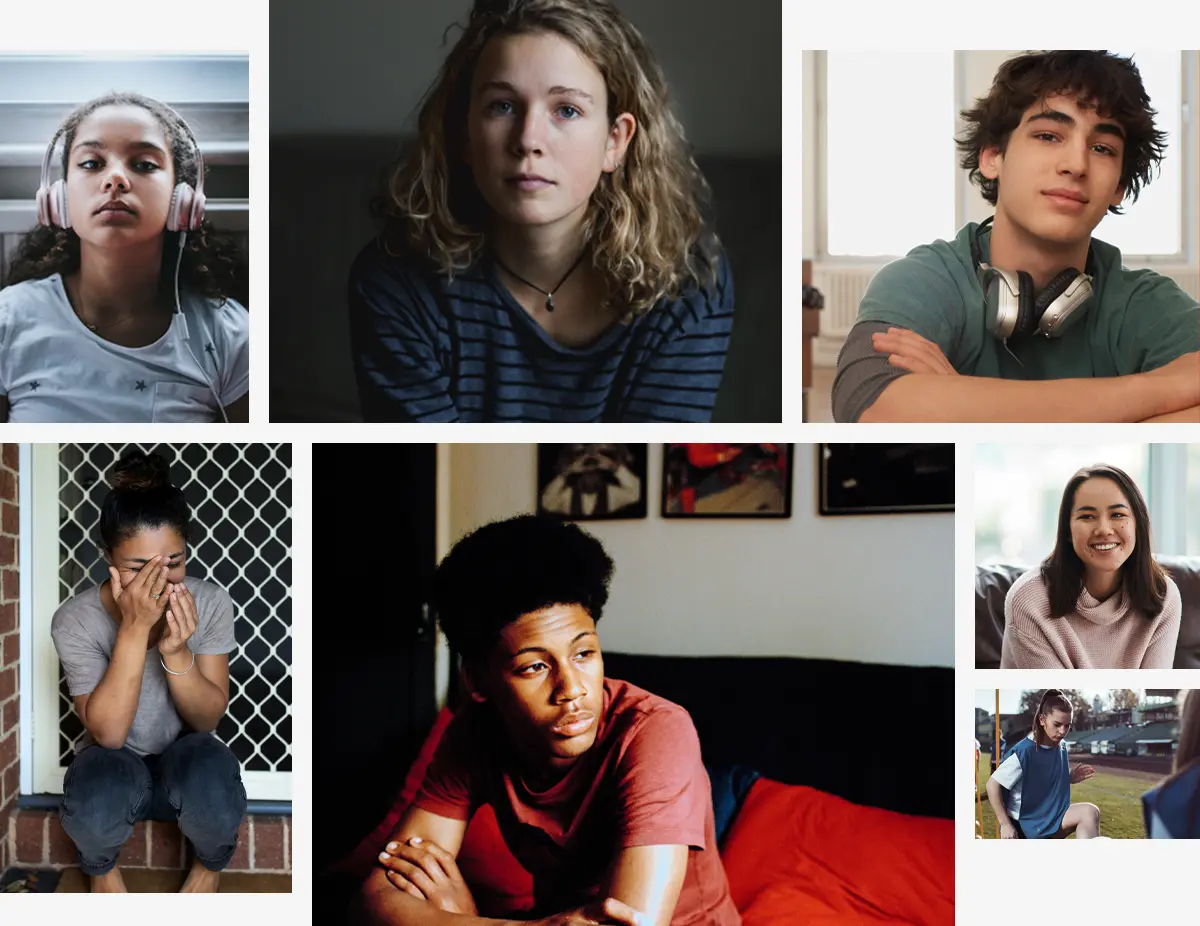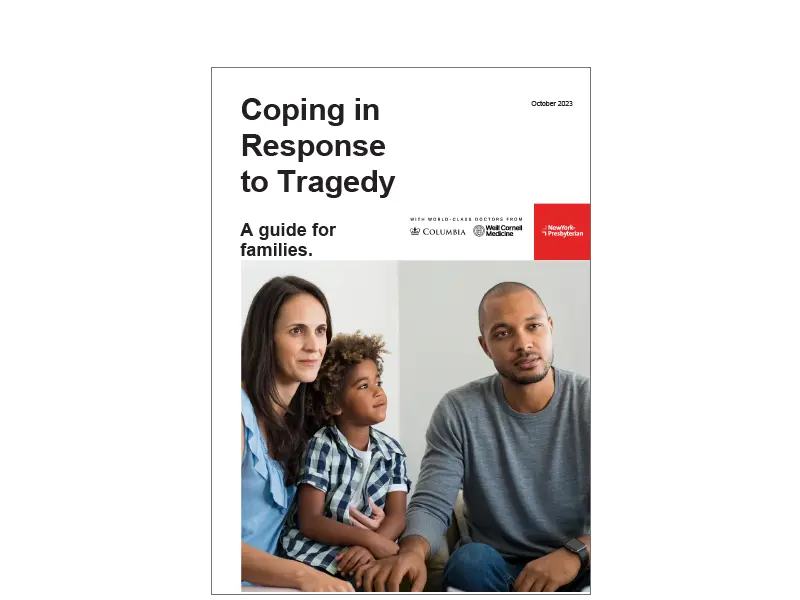The Center for Youth Mental Health was founded to address the epidemic of anxiety and depression among young people. In collaboration with faculty from Columbia University & Weill Cornell Medicine, we offer expert diagnosis and treatment, including cognitive behavioral therapy, medication and cutting-edge research. Our work drives positive change for young people and their families every day.
THE CENTER FOR YOUTH MENTAL HEALTH
There's a lot happening in the world that can make everyday life feel overwhelming for young people. Whether you’re feeling anxious, stuck, alone, depressed or just lost, we can help you move forward.

Help for families
Learn to recognize symptoms of mental health issues in young family members and how to find help.


For professionals
Discover our approach to care, the latest peer-reviewed research, and how to refer your patients to the Center for Youth Mental Health.
Coping with Tragedy resource guide
The Center for Youth Mental Health at NewYork-Presbyterian is committed to supporting families who are struggling to understand and cope with terrorism, violence, hate crimes, and other tragedies. This resource guide is intended to offer support and strategies for coping with fear, horror, and hopelessness in these very challenging times.

Not sure where to get started?
Your support changes lives
Your donation will help young people and their families transform their lives, while helping us research and develop new treatments to reach even more youth affected by mental health issues.









